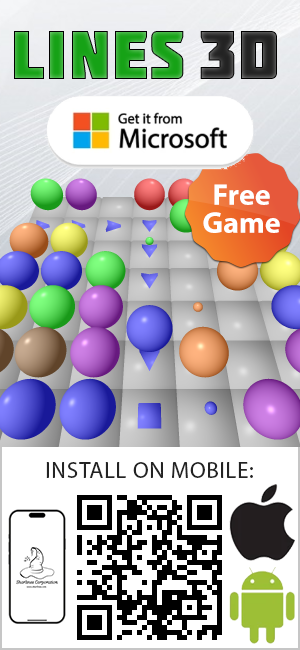The binding did not work for me until I switched from Internal Virtual Switch to External Virtual Switch and while switching I were getting the following error:
[Window Title]
Virtual Switch Manager for MY-MACHINE
[Main Instruction]
Error applying Virtual Switch Properties changes
[Content]
Failed while adding virtual Ethernet switch connections.
[Expanded Information]
External Ethernet adapter 'Realtek PCIe GBE Family Controller' is already bound to the Microsoft Virtual Switch protocol.
until I switched Hyper-V Extensible Virtual Switch off on my network adapter properties page (after I created External Virtual Switch it switched on back):
(more…)
